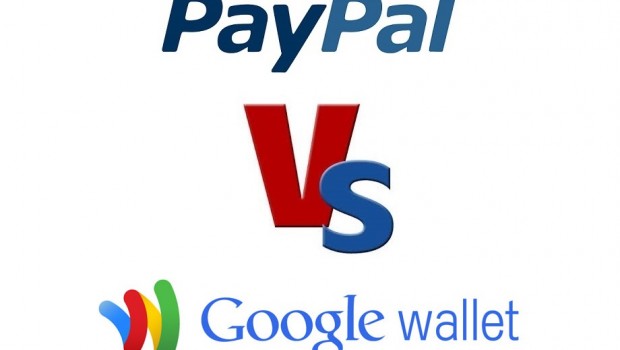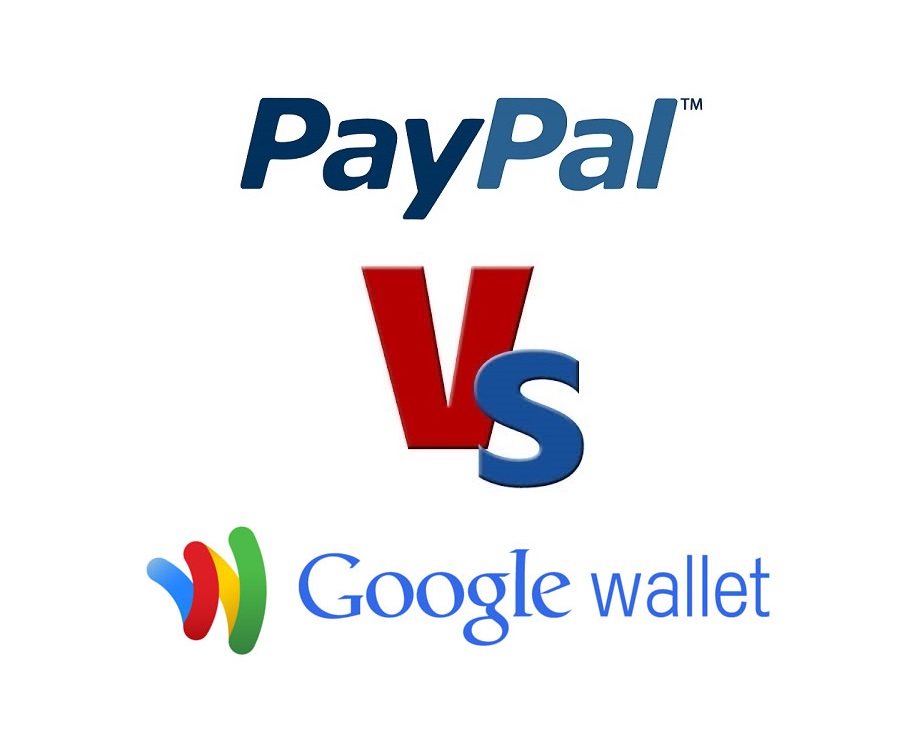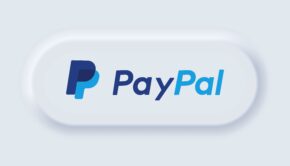The combat held between Google Wallet and PayPal
The mobile payment system seemed to be doomed to failure initially. When PayPal arrived, the hopes of many professionals and small business started enlightening, relying on its online payment system. PayPal has been a viable alternative of completing online transactions for long. The ease of completing payments with just few clicks became an efficient way of working and gained a lot of popularity to PayPal, which was among the very first players to enter the segment of mobile money. But recently, a not-so-new player has put its step forward into the block that allows users to transact money just as conveniently as emailing. Announced at the I/O Conference held in the year 2013, Google Wallet arrives as an interesting update enabling users to make payments from one’s Gmail account.
E-commerce engagement requires the acceptance of payment through credit and debit cards. The professionals and small business holders can make it possible to accept payment integrating some third party payment processor on their website. In this arena, both PayPal and Google Wallet are now-a-days being very commonly used by the web masters. While the benefits offered by both of them are almost the same, they don’t share all their features in common.
So, how does this make sense for any user?
Is Google Wallet efficient enough to entice the existing PayPal users away from their old online payment companion? Or, PayPal is potent enough to withstand the attack initiated by the strongest innovator over the internet?
Let’s put limelight at how Google Wallet can compete to the long established PayPal with some major points of difference:
Account
One of the major differences Google Wallet and PayPal arrives with, is the usage of their user accounts. PayPal does not require its users to create a new account while making purchases through it. While the existing PayPal users can complete purchases with their accounts, an account is not required for buying. In contrast, the Google Wallet makes it mandatory to have a Google account for accessing its services. For a successful Google checkout, a Google account is must.
Promoting Google
Various button customization options are available while creating a “Pay Now” button with PayPal. In comparison, the Google Wallet shows a checkout button saying something about making purchases with Google Checkout. A link providing information about Google checkout program is present near the button, which means Google will use your participation in the in its checkout program for a bit promotion of its own brand.
Payment Options
The payment options available with both the merchants being talked about here also differ. Google Checkouts limit payments to debit and credit cards only. Whereas, PayPal users can use debit & credit cards along with the balances in their PayPal accounts. Another available option to cover the expenses is getting the amount deducted directly from a bank account. Thus, PayPal provides more option to its users when it arrives to the payment for one of the availed goods or services.
Customer Support
In case something goes wrong during the payment checkout, the user is required to contact the customer care for fixing the incomplete transaction. While using PayPal allows its users to call or e-mail the customer care for getting the issue addressed; Google only allows contacting through e-mails. At this point, PayPal may overtake Google Wallet as sometimes it is considered to simply speak about the issue over the phone than dealing with an automated customer support through e-mails.
Refunds
Google Wallets offers a limit of 180 days for claiming refunds against any unauthorized charges; PayPal’s refund claim period limits to 60 days.
Turning to some vital points of similarities between PayPal and Google Wallet:
Processing Charge
Google Wallet payments can be free to use if payment is made through a linked bank account. A small charge of 2.9% per transaction is levied for payments made by debit or credit cards. However, PayPal as well is no winner on this count as even it also offers the same deal pretty much- 2.9% on the transaction amount for payments through cards and free using a bank account.
Both PayPal and Google Wallet claim to be using robust encryption for storing the user details and surely it is a safe bet that the user data will be safe with both of these merchants as long as a user follows the common security guidelines about data privacy and passwords.
Summary
PayPal payments are being used for quite some time now and for the very same reason it is presently enjoying a much bigger user base as compared to Google Wallet, which has recently been introduced by the internet’s biggest innovator. While Google Wallet has not placed that much of impact on the existing PayPal users until now, the strong points of difference between the two can really place forward a different scenario in the mobile payment system and its future.
Hopefully, the above points may help you deciding whether to stick to PayPal or to give a chance to Google payments. Both the services have their own strong points in favor and it is quite a matter of personal preference as to decide which one is better for you- but the small businesses and professionals using Google Apps may find the Google Wallet service a bit more useful.
About the Author:
The article is authored by Mahindra Comviva Team. Mahindra Comviva is the global leader in providing mobility solutions. It is a subsidiary of Tech Mahindra and a part of the USD 16.5 billion Mahindra Group. With an extensive portfolio spanning mobile finance, content, infotainment, messaging and mobile data solutions, Mahindra Comviva enables service providers to enhance customer experience, rationalize costs and accelerate revenue growth.
















